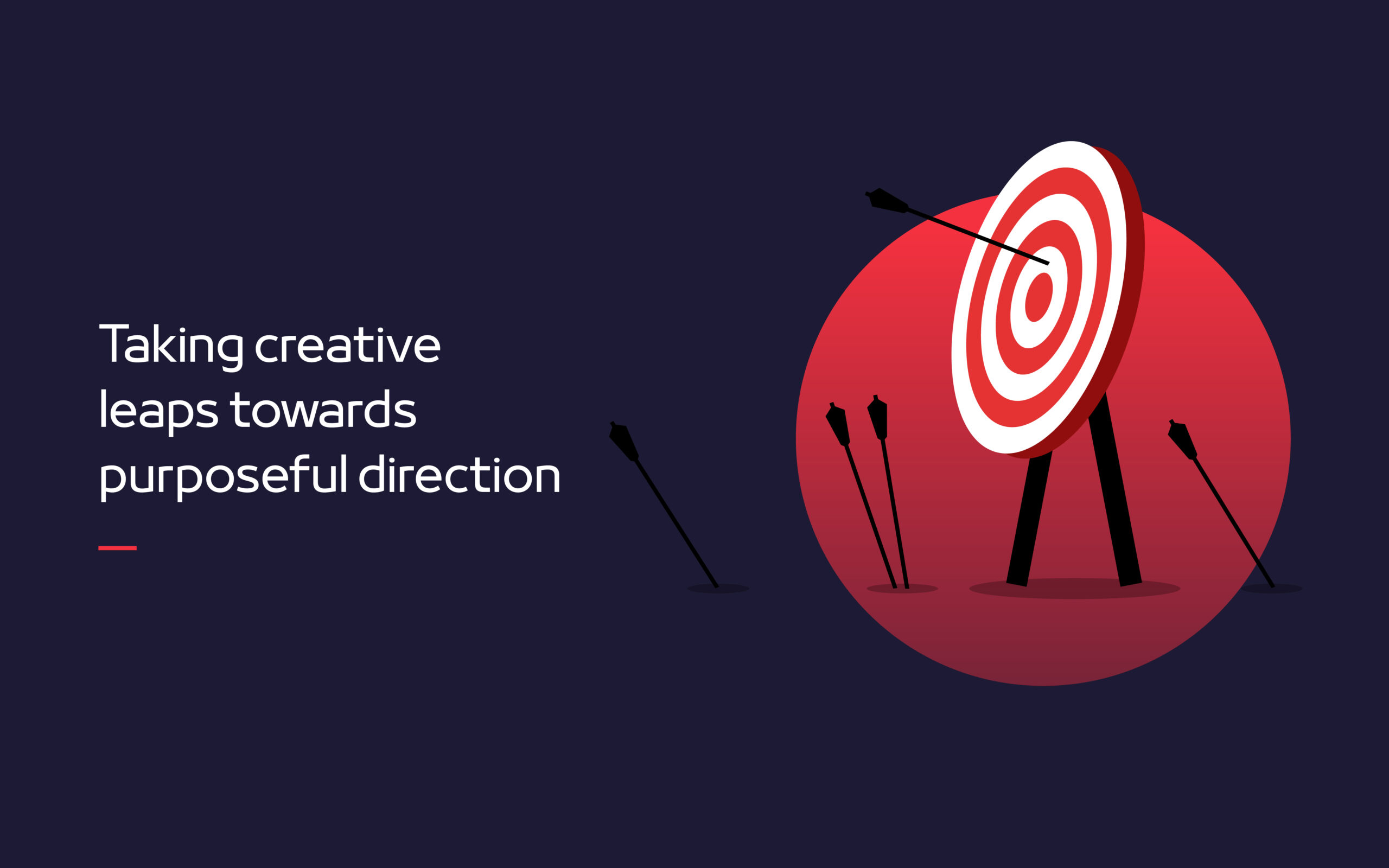
Taking creative leaps towards purposeful direction
You have probably heard a lot about establishing a creative business concept or perhaps have an existing business and would like to take a creative leap through your product or service offerings and take it to the next level. According to Reid Hoffman, co-founder of LinkedIn, to scale an innovative idea, you need to balance creative experimentation and purposeful direction.
Rest assured, you are not alone in this. Many entrepreneurs who aspire to differentiate themselves from the rest of the flock might have the required mindset or idea, yet they fail to execute it in the correct way. Getting this balance between free-flowing experimentation and focused direction is essential for any entrepreneur who wants not only to create a great product or service — but also introduce it to the rest of the world.
Creativity is vital at all stages of scale; however, one must have a clear vision of their headed direction and target their focus towards a specific goal. The good thing about creativity is that it has no strings attached, how it is implemented depends on the sector, the mission, and the leadership style.
To ensure that your business is heading towards purposeful direction one must ask the most important questions: Who are your competitors? What are they doing successfully? What are they missing? What are the prime market opportunities? What do your success conditions look like? How do you know you’re on target? How does this new idea play into your existing products, services, and positioning?
It’s easy to fall into the trap of thinking that the broader your product, the more room for creative experimentation, and the less need for purposeful direction, but that’s a fallacy. Experimentation works best when it’s done around a specific idea which requires the strategic focus on mission, and a tactical appreciation for not just what you can do, but what you need to do to get you there.
Creativity cannot be for the sole purpose of being different, it must have a clear vision and direction behind it. We will further explore this statement through benchmarking a case study of Tony Fadell- an American engineer, designer, entrepreneur, and investor. He was senior vice president of the iPod division at Apple Inc. and founder and former CEO of Nest Labs.
Tony was a creative, persistent, and focused individual who was initially employed at the famous mobile device tech company- General Magic. He then went on to pioneer other iconic consumer products at Apple and was a driving force behind the iPod and the iPhone. After Apple, Tony struck out on his own by establishing tech start-up Nest- an ideal company for smart homes. He sold Nest to Google for $3.2 billion, and now heads up his investment firm Future Shape, helping other founders direct their creativity to develop transformative technology.
Through these roles, Tony developed deep insights into striking the right balance between creative experimentation and purposeful direction. When he worked at General Magic, the environment nurtured creativity, where new ideas kept flowing from the employees. However, he noticed that although amazing ideas came to the table, there was no clear direction to experimentation or the finished product, and no one was asking the most important question when you’re developing a product or service- “Why?”
According to Tony, as a leader providing creative direction, you need to make sure you foster an environment that sparks creative experimentation. This needs to be embedded in your culture, your processes, and your approach.
When Tony moved to Apple Inc, he pitched the idea of the Dulcimer to Steve Jobs, and was surprised by his fast approval, empowering Tony to implement it because it aligned with the vision of what Steve Jobs saw for Apple. This led to the introduction of the Dulcimer- now known as the iPod- which turned his vision into a reality.
The combination of purposeful experimentation and focused creative direction are the key pillars that ignited Apple’s story and as a result, introduced a wider range of products that blew away the competition with its innovation and design.
Tony’s advice to entrepreneurs is to cultivate an open mindset to help approach new challenges with the right mixture of structure and flexibility. This can be done through asking a lot of questions to start picking up on the details for what will eventually guide you towards purposeful direction. Approaching problems with an open mindset is important when you’re creatively experimenting. This comes into play not just for creative projects, but for mentoring the next generation of entrepreneurs.
Finally, having creative exploration does not necessarily mean introducing something new to the market, it can also be the development of old ideas to come up with a new creative direction. Afterall, when an entrepreneur finally discovers their purposeful direction and executes it properly, they will not only tap onto their innovative potential, but will also unleash it.
Source: How to take creative leaps and land them
Masters of scale podcast by Reid Hoffman

